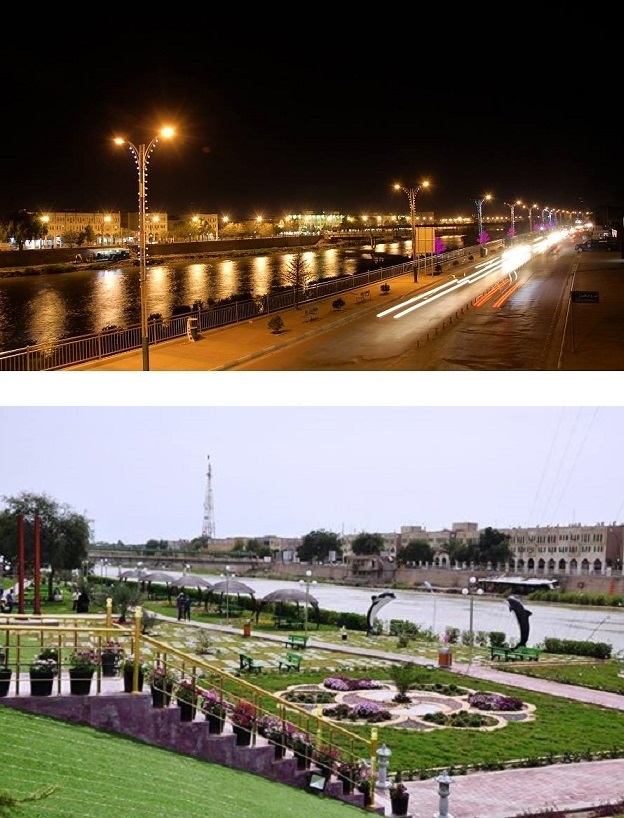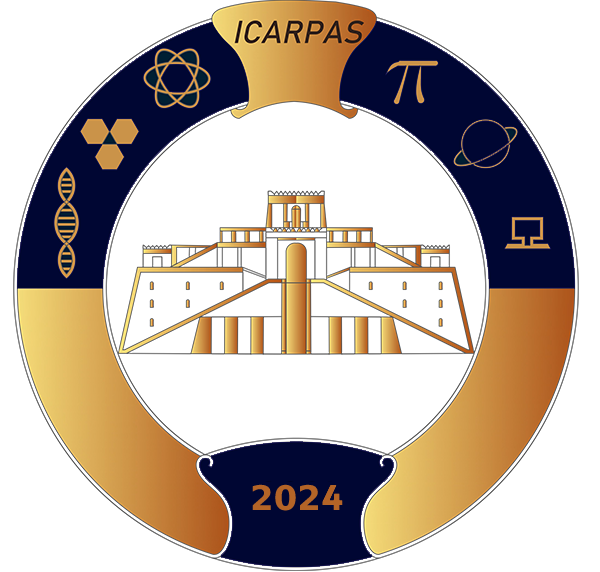Samawa City
The city of Samawa is the modern capital of the Al Muthanna Governorate. The city is located midway between Baghdad and Basra, at the northern edge of the governorate. The province was established in 1975; prior to that date, it was a unified province along with Qadissiya (Diwaniya) and Najaf.
The city was settled by the Arab tribe of Banu Quda’a around the 3rd century AD. It is built on both sides of the Euphrates river; there are four bridges in the centre of town for crossing between the two sides. The west bank of the city contains the commercial heart of the city, and includes the old town and the Jewish quarter, agd al yahood. The west bank is the site of the covered market Suq Al Masgoof, which dates to the Ottoman period. The area surrounding the market is the old city with its Byzantine maze of crowded markets and streets.
The eastern side of the city including ‘Qushla’ has a more modern feel and contains a number of estates of apartment blocks built during the 1970s and 1980s, As Samawa Stadium, which is home to the local Muthanna football team Samawa FC, as well as technical colleges and the polytechnic. There too is Al Qushla, the historic “Ottoman Barracks”.
The most famous attraction of Samawa is the ruins of the ancient Sumerian city of Uruk which dates to 4000 BC. This was the largest city in Sumer, extending over 2 km². Uruk was not only the largest conurbation of the first urban civilization on earth, but it is also the place where the first written script was discovered, the oldest dating back to 3300 BC.
Samawa is built on both sides of the Euphrates and is surrounded by hundreds of palm groves that give it a tropical feel, especially in the southern and northern suburbs. These groves provide cool respite from the scorching heat of Mesopotamia and were the inspiration for the famous Iraqi folk song “The Palm of Samawa”.
Samawa has a large salt lake called Sawa Lake, which once had a tourist village that has since fallen into disrepair. The lake is located 25 km (15 mi) to the north of the city centre and is accessible by road. The lake has no obvious source, neither river nor ancient link to a sea. The water is extremely salty due to heavy evaporation in the searing heat of Mesopotamia and supports no marine life. A unique feature of the lake is that the water is above ground level surrounded by natural levees. Due to the high levels of salt in the lake, the levees heal themselves if a break is made in the levee, stopping the water from flowing down to ground level. The salt levels also improve buoyancy, and many migratory birds walk on the lake.


